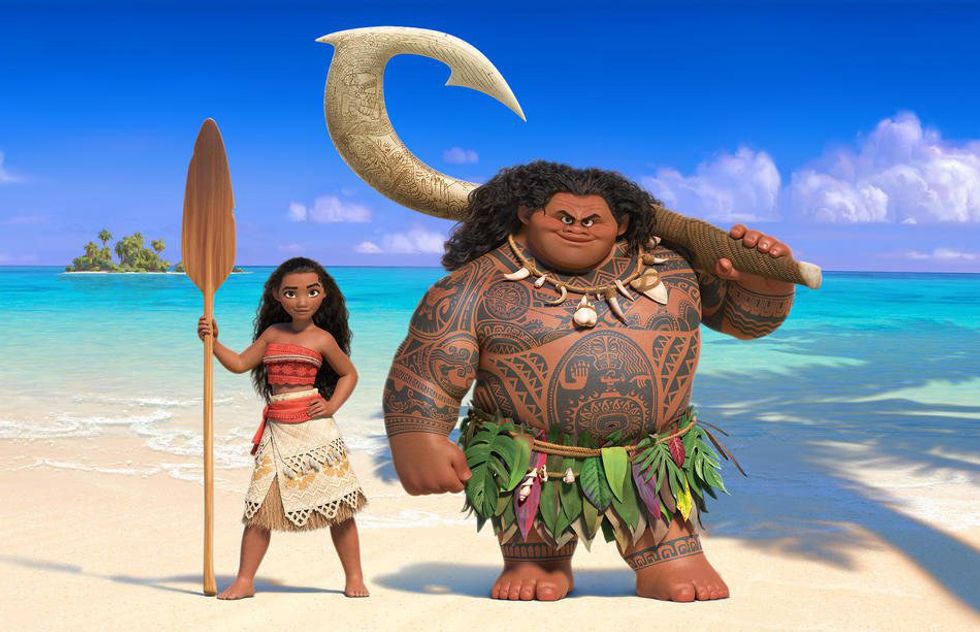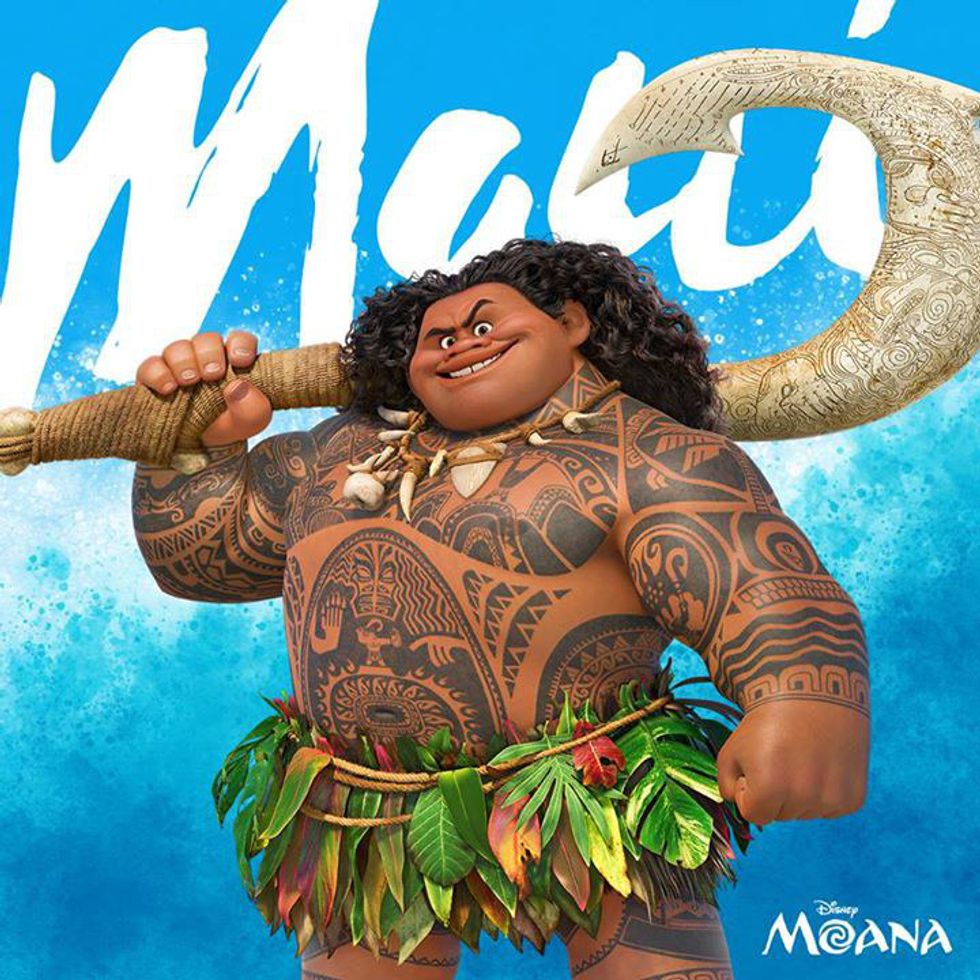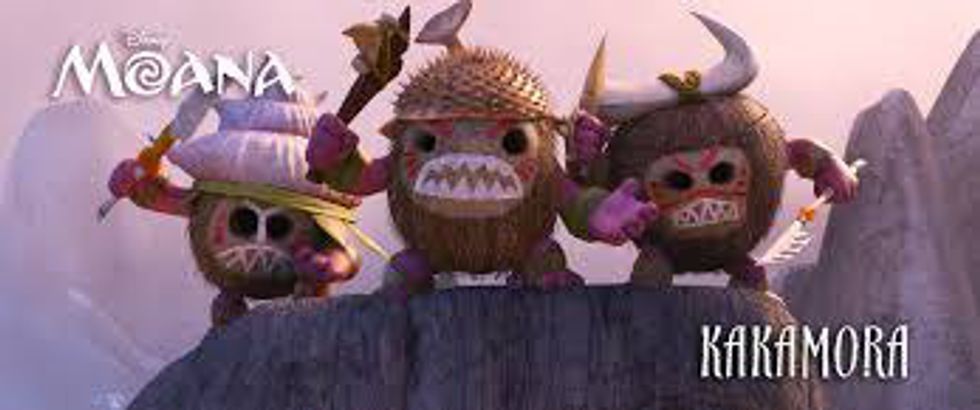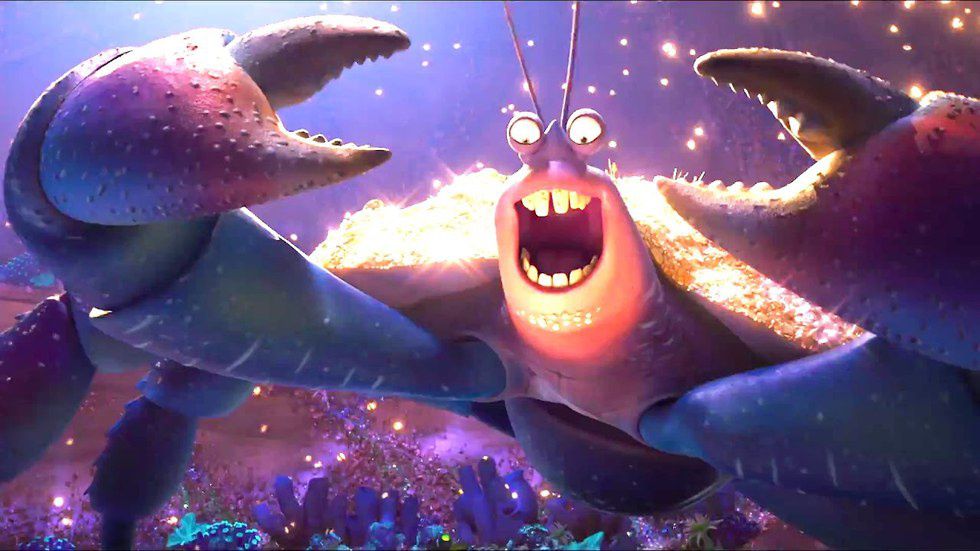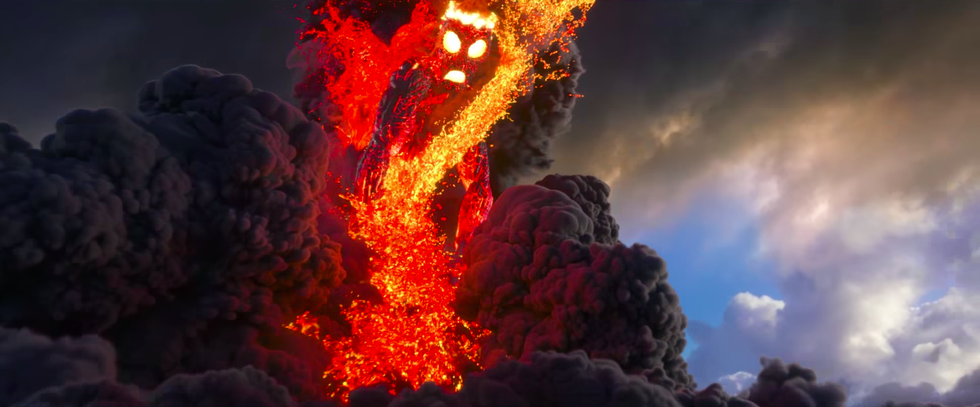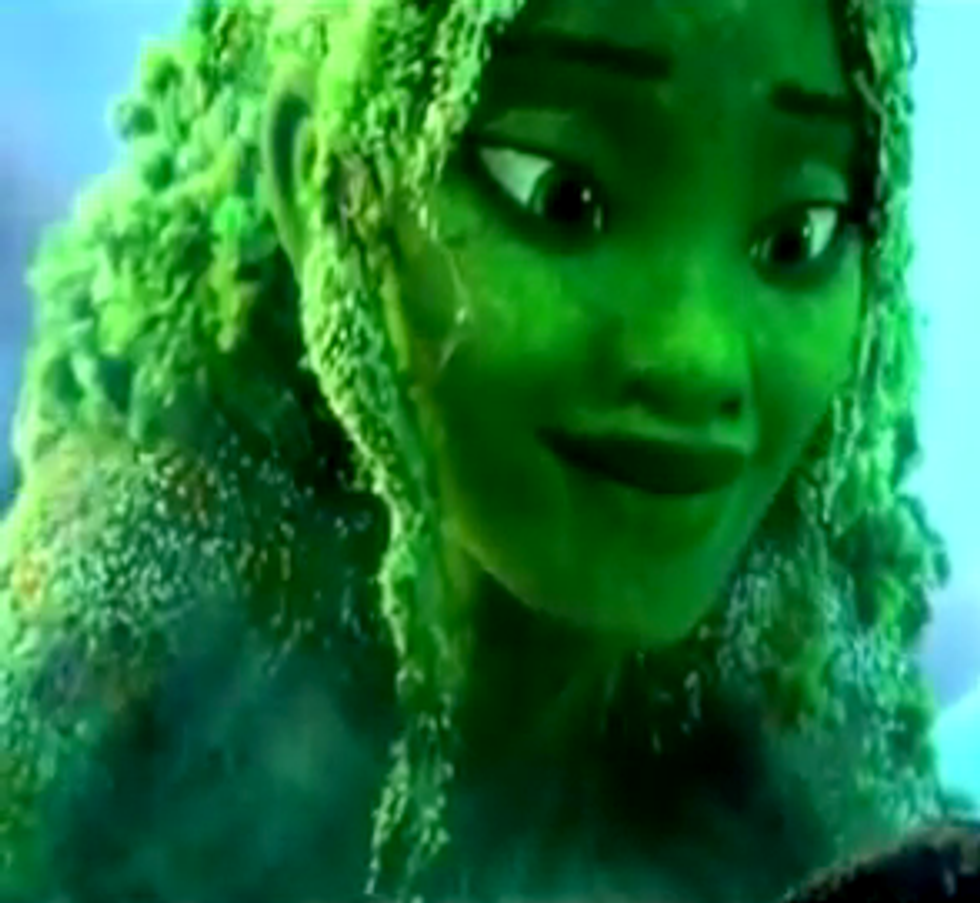So being a very enthusiastic fan of Disney, who also begged my boyfriend to see it on my birthday, I was excited not only to see a movie with a strong female protagonist but also one that included a multitude of different Polynesian mythologies.
There was divine intervention within "Moana," which is not something that you would expect to see in a Disney movie, other than Hercules and Mulan, so not only was this a pleasant surprise it was intriguing as well.
However, in making this film, directors John Musker and Ron Clements had to do extensive research in order to understand the Polynesian legends surrounding Maui as well as other different aspects of myths that would eventually be involved in the film. They made their first trip to Polynesia in 2011 and met with a talented group of anthropologists, linguists, cultural practitioners, historians, and choreographers from various islands such as Fiji, Samoa, Tahiti, and Mo'orea. This group of people were critical in getting the cultural aspects of "Moana" correct and culturally authentic as possibly, especially when it came to language aspects and the music of the film.
Now onto the portion of the different mythological creatures, demigods, and Gods that were included within "Moana."
First with Maui, the most popularly featured demigod in Moana.
This demigod, according to Polynesian legends, helped shape Polynesian islands, with his magical fishing hook, as seen in this above picture. In another myth, it was known that he restrained and lassoed the sun. In one variation of the sun legend, he accomplished this with lassoing with his sister's hair! Maui, apart from the portrayal in Moana, was a mischievous demigod in nature and was a helper to all mortals, known as a hero for humanity because he was known as the fire-bringer.
Moving on to these mischievous little cuties, the Kakamora. OK..."cuties" may be a little misleading. But look at them!
In "Moana," the Kakamora are seen as coconut clad pirates who seek to stop Maui and Moana on their voyage, and at first they seemed like innocent coconut creatures, but beware... in Oceanic and Polynesian mythology, the Kakamora are seen as spirits or sprites of the sea and islands Despite their somewhat innocent look, they are not something to be trifled with. According to legends, they are dangerous to wandering children and lonely travelers. They were known to attack and stab with their nails and sometimes eat their victims, as well as steal children from villages.
Moving on to Tamatoa, the evil-looking crab with an amazing voice living in the ocean.
In the movie, his shell was covered with gold, rare artifacts, treasures, and he is somewhat of a hoarder. In Polynesian mythology, he was seen as a giant, headless warrior, but the creative minds behind "Moana" were curious about making him a coconut crab instead of a warrior, who was obsessed with collecting things.
Next, we shall go on to Te Ka, a demon who looks like molten rock and lava, an entity of volcanoes, who later becomes the gentle green goddess, Te Fiti. While Te Fiti is not a goddess who exists, Te Ka and Te Fiti, are also loosely based on the goddess of fire, lighting, wind and volcanoes, Pele.
When the "heart" is returned, Te Ka turns into Te Fiti , who is a mother-nature-like entity, embodying the earth and lush fertility. Although she is not an actual goddess in Polynesian or Oceanic mythology, she is able to renew and rejuvenate life.
So there you have it, with minor spoilers, an explantaion for each of the mythological deities and creatures in Moana!




